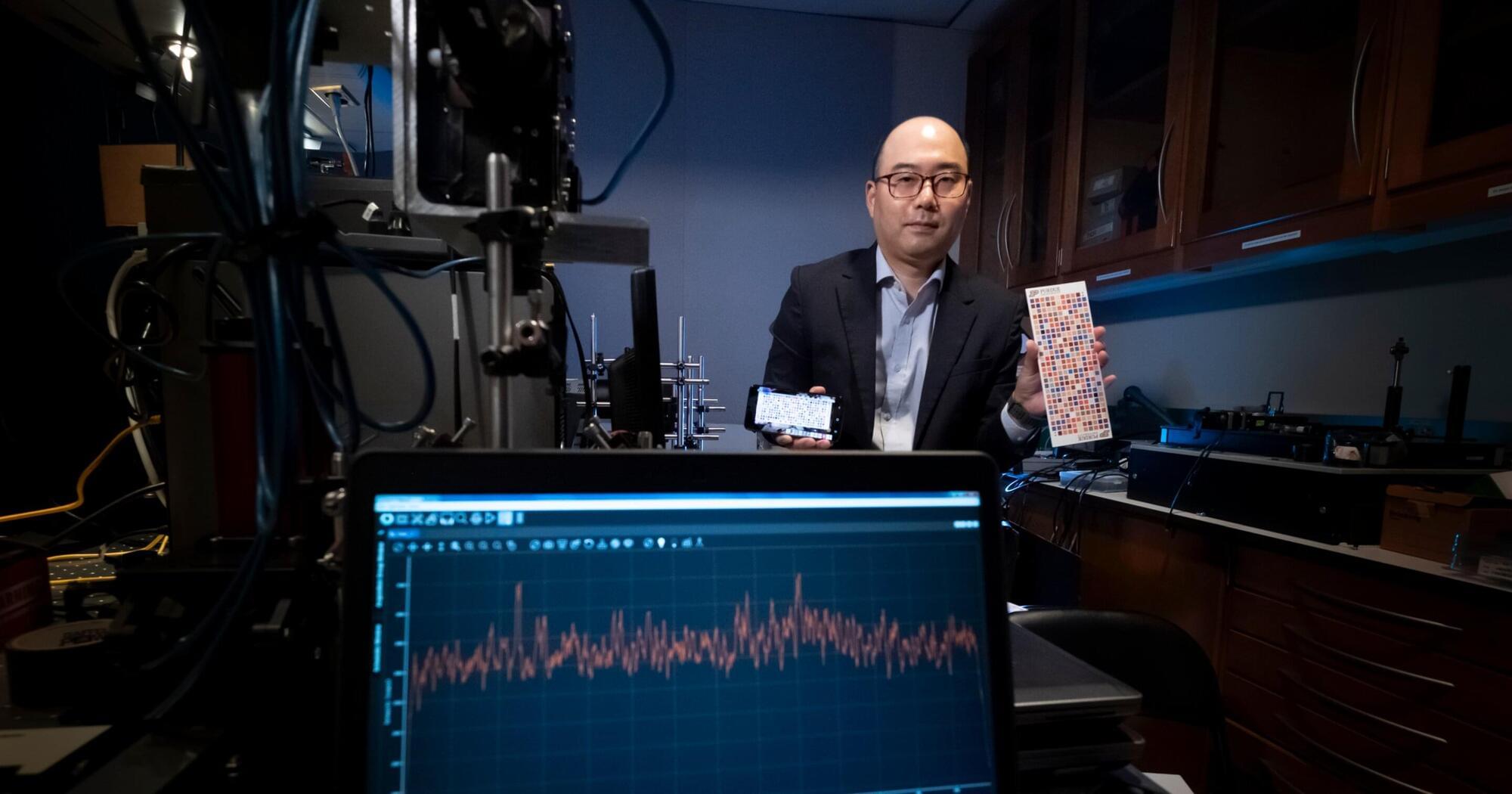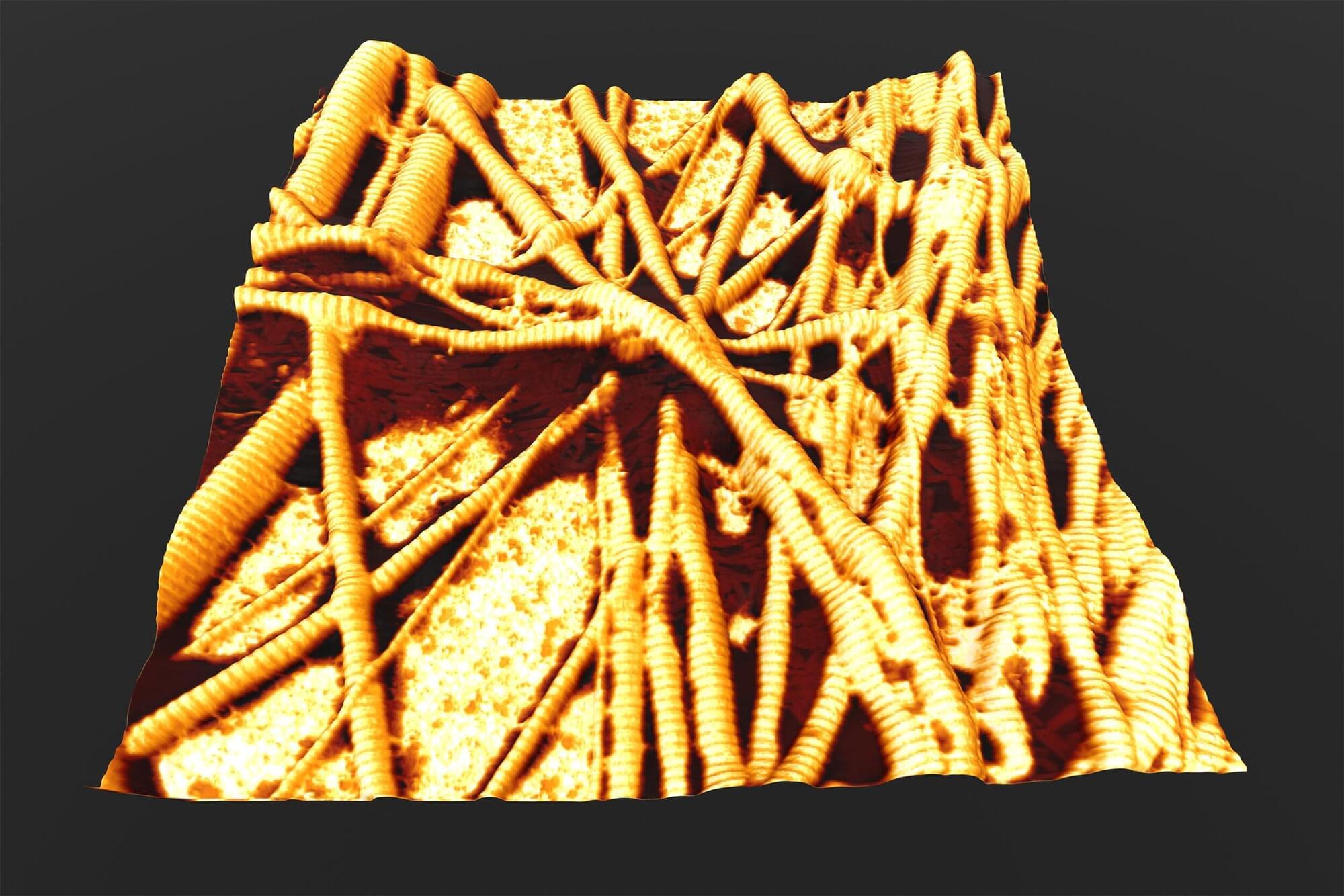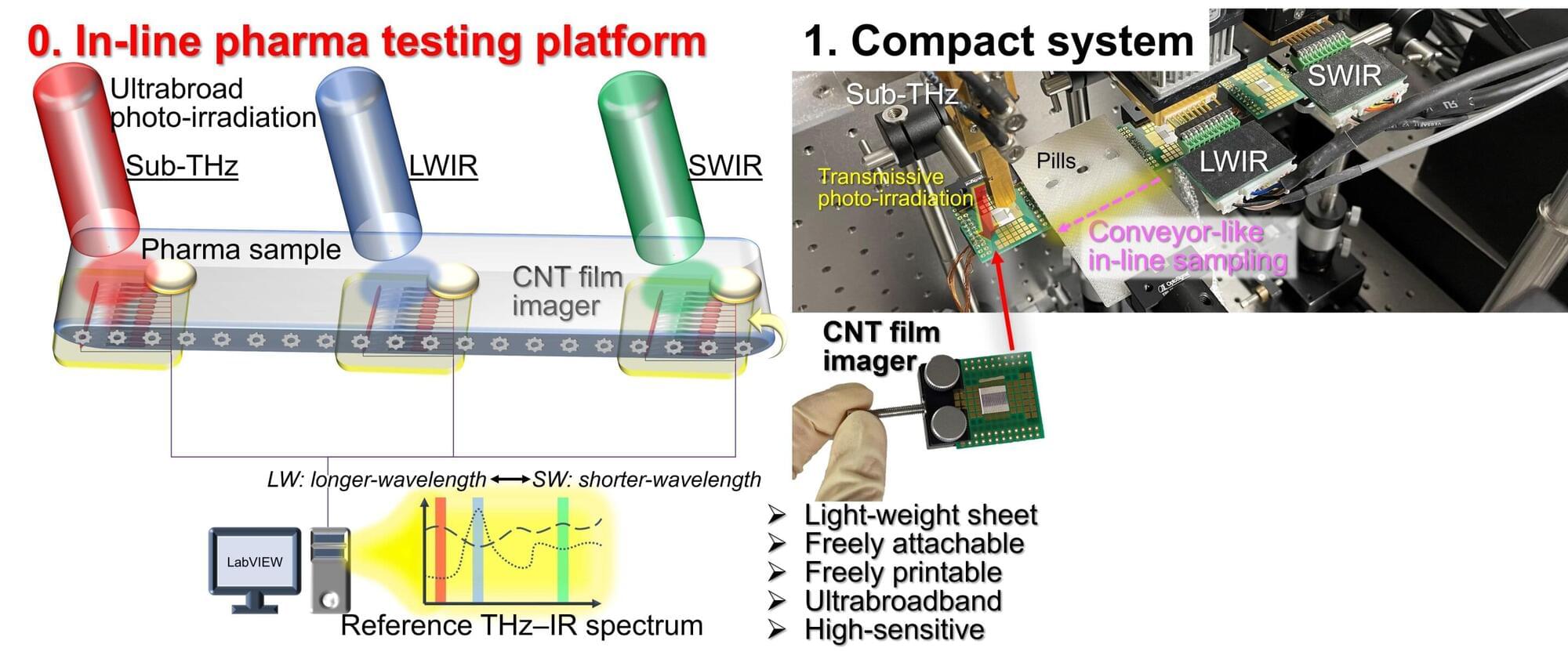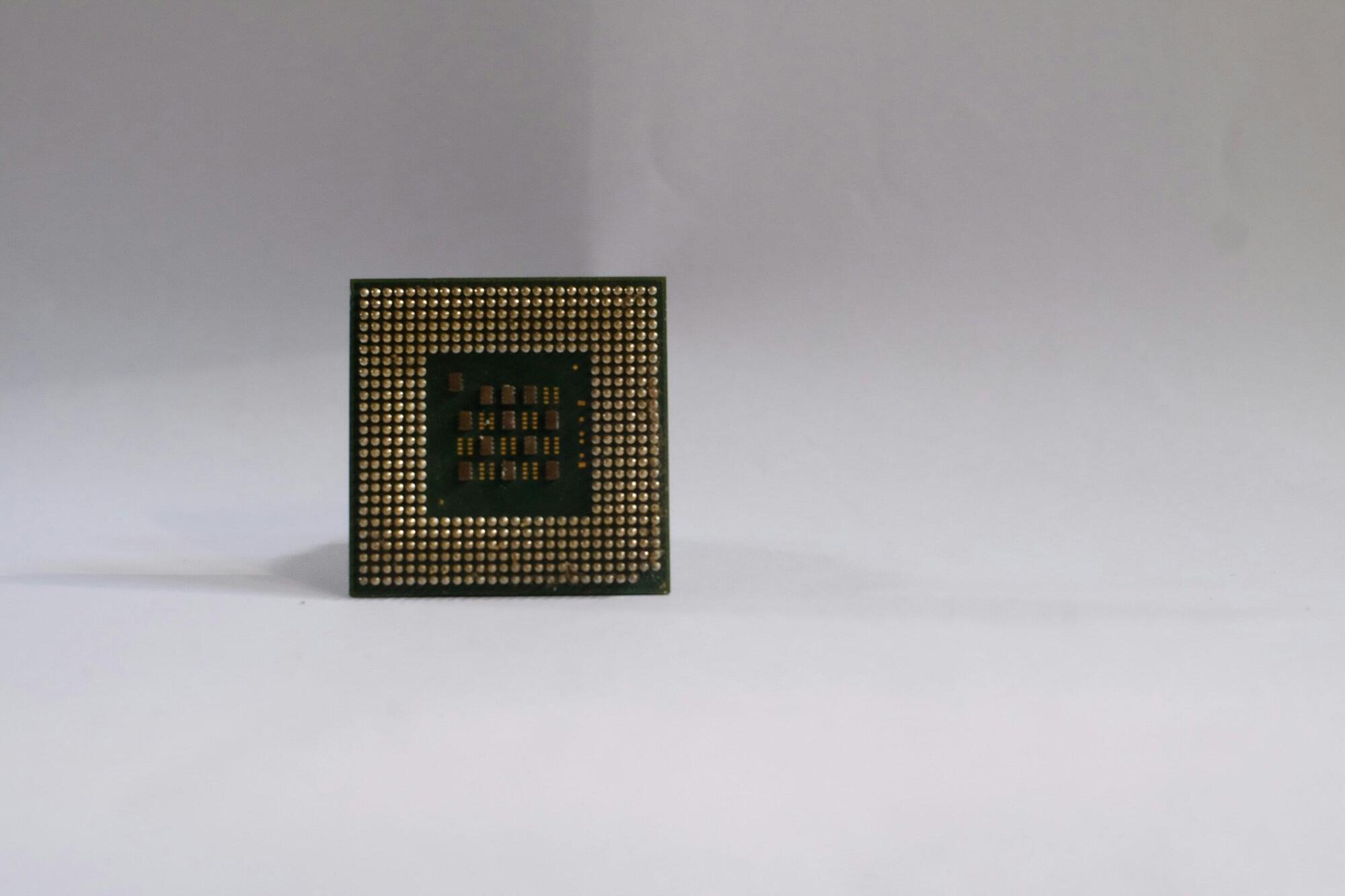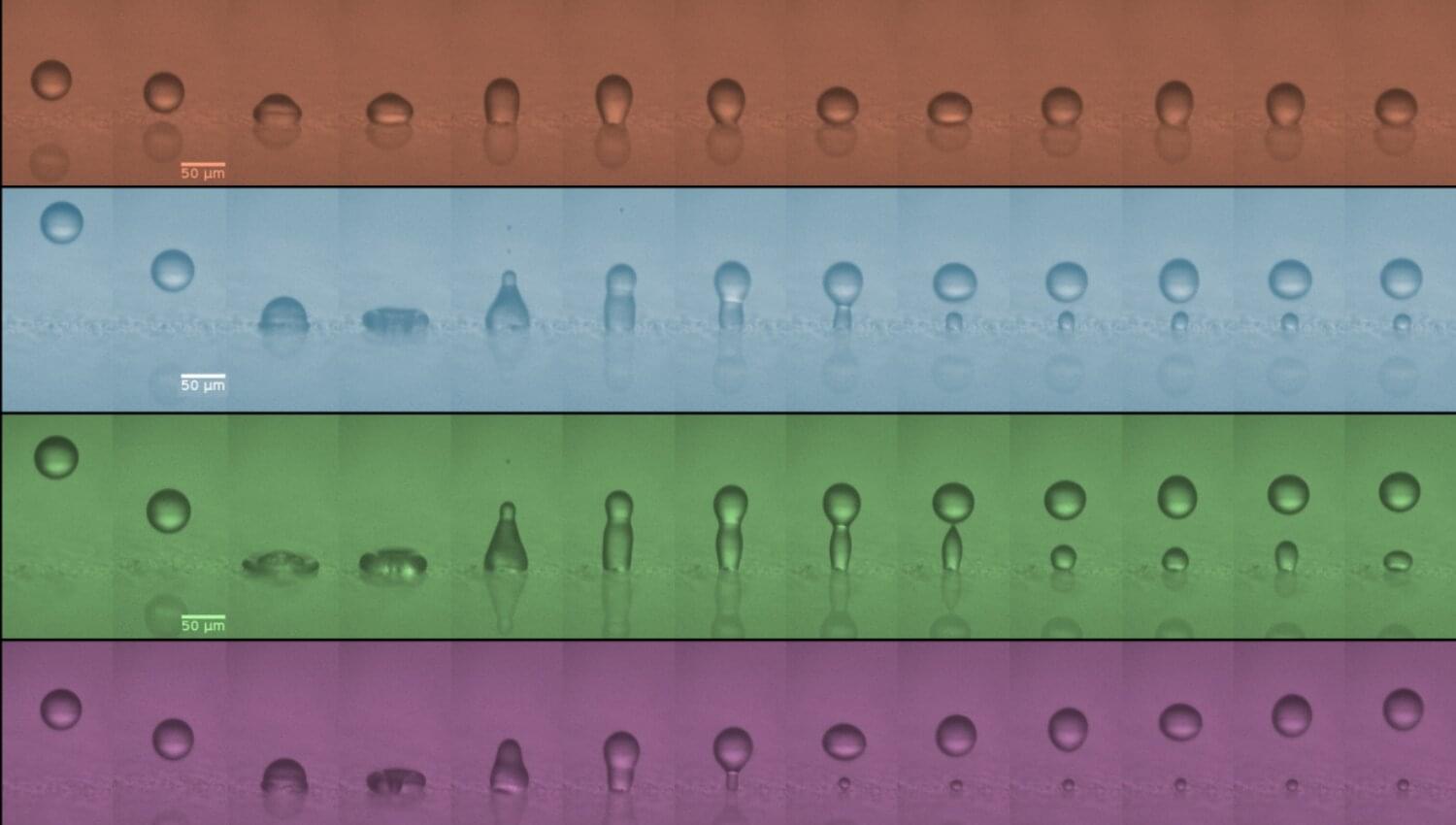Professionals in agriculture, defense and security, environmental monitoring, food quality analysis, industrial quality control, and medical diagnostics could benefit from a patent-pending innovation that opens new possibilities of conventional photography for optical spectroscopy and hyperspectral imaging.
Young Kim, Purdue University professor, University Faculty Scholar and Showalter Faculty Scholar, and postdoctoral research associate Semin Kwon of the Weldon School of Biomedical Engineering created an algorithm that recovers detailed spectral information from photographs taken by conventional cameras. The research combines computer vision, color science and optical spectroscopy.
“A photograph is more than just an image; it contains abundant hyperspectral information,” Kim said. “We are one of the pioneering research groups to integrate computational spectrometry and spectroscopic analyses for biomedical and other applications.”
